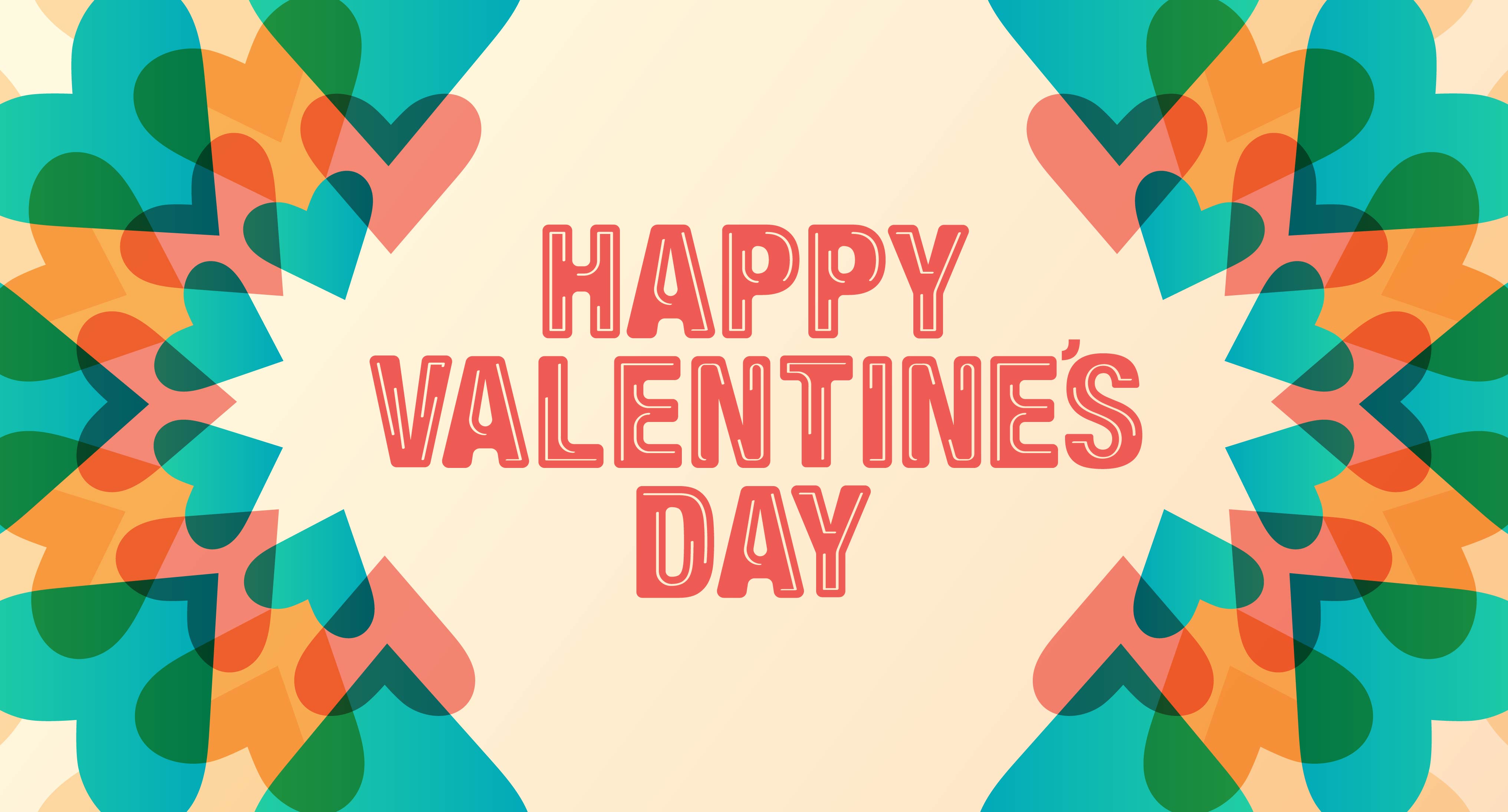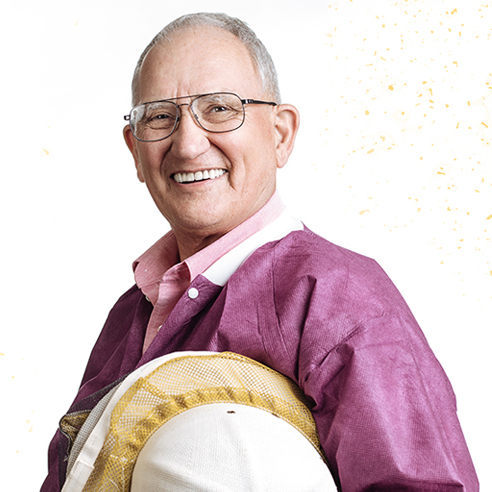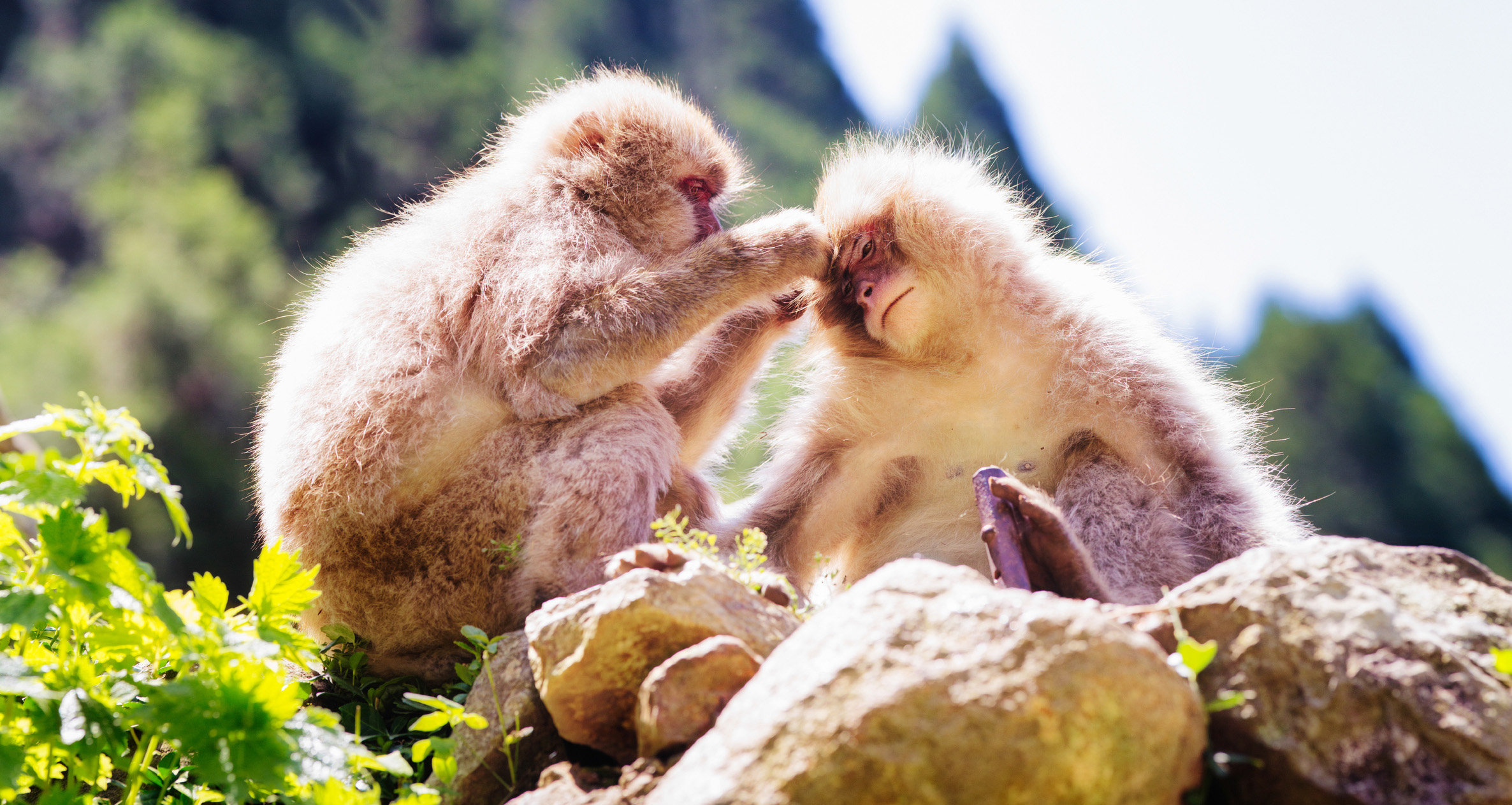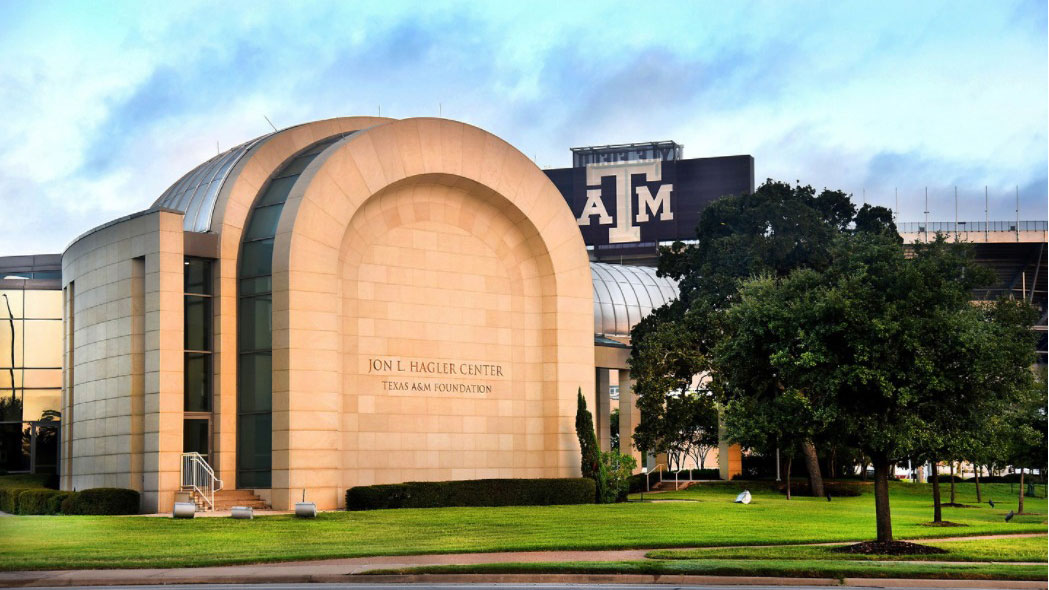
Valentine’s Day is a celebration of love — romantic or otherwise — on which rose bouquets, candy hearts and the kiss take center stage. Whether it’s a first kiss, a goodnight kiss or a simple greeting, kissing has become a universal symbol of affection.
While the kiss may be a staple of Valentine’s Day, Dr. Catharina Laporte, a cultural anthropologist and instructional professor in the Department of Anthropology, reveals that romantic kissing isn’t as common as it might seem.
“Romantic lip-to-lip kissing is not a cultural universal and it’s definitely not innate,” Laporte said. “It’s only common in about 46% of cultures and the remaining 54% demonstrate no evidence of romantic kissing at all.”
Kissing, as Laporte explains, is largely shaped by cultural practices and social evolution. While it may not be universal, it has an evolutionary connection.
“Some non-human primates, such as bonobos and other monkeys, engage in similar kissing-like behaviors,” Laporte said.
These observations come from the research notes of Laporte’s late colleague, Regent Professor Vaughn Bryant, who had a special interest in the anthropology of kissing. Although Laporte does not focus her own research on kissing, Bryant’s work greatly influenced her understanding of the topic.

“Bryant wrote that the precursor to kissing would be picking each other for nits or gnats,” Laporte said.
Arriving at Texas A&M in 1971, Dr. Bryant was a professor in the Department of Anthropology for 53 years. His research has been featured in several publications, including People, Science Digest and National Geographic.
“He had a varied interest level as an anthropologist, but he was considered a world expert in kissing,” Laporte said. “Before he passed, he gave me his little library on kissing books.”
One of these books, Kissing: The Magic and the Mystique by Fred C. Brooke, references Bryant in the acknowledgements.
“He’s named in a lot of these books as being an expert,” Laporte said. “So, whenever Valentine’s Day came around, journalists and writers would come and speak to him.”
Laporte, who has preserved Bryant’s research notes and books on the cultural significance of kissing, referenced the notes left by her late colleague.
“Some say kissing started millions of years ago as a result of mouth-to-mouth feeding or as a sign of submission and dominance between apes,” Laporte said. “But Bryant says that the most likely origin has to do with smell.”
According to Bryant’s notes, early humans may have recognized one another by smell, which led to the development of a practice known as the "sniff kiss." This greeting, seen in various cultures, involves people smelling each other's cheeks as a form of acknowledgment.
“Kissing likely originated in ancient India,” Laporte said. “Bryant says the earliest references of kissing come from India where the words ‘kiss’ and ‘sniff’ were used interchangeably and referred to by the same word.”
Valentine’s Day, the popular holiday for love and kissing, is also the subject of debated origins, Bryant said.
“Some sources suggest it’s named after a third century Christian priest, Valentino, who was imprisoned for marrying couples against the law,” Bryant wrote. “Valentino refused to renounce his faith and was executed on Feb. 14, around A.D. 269. In A.D. 496, ‘Valentine’s Day’ was declared in honor of the martyr.”

Valentine’s Day gained popularity during the Middle Ages, largely due to its connection with the nesting season.
“It was believed that this was the time of the year when birds began to build their nests and mate,” Bryant wrote. “This inspired the idea of love being associated with the holiday.”
This connection between love and nature eventually extended to the idea of kissing, reinforcing the holiday's association with romantic gestures. However, the practice of kissing is still not universally accepted.
“In some cultures, it’s abhorrent, meaning they hate it, and they would never engage in it,” Laporte said.
“In parts of Africa, they still have that superstition that the mouth is the portal to the soul,” Bryant wrote. “They don’t want to have someone take their spirit through a kiss.”
Laporte believes this difference in behavior speaks to the many ways love, connection and affection can be expressed across the globe, whether through a kiss, a sniff or something entirely different. Valentine’s Day is a reminder that love, in all its forms, can transcend culture.

